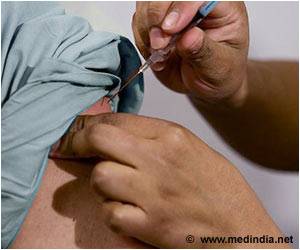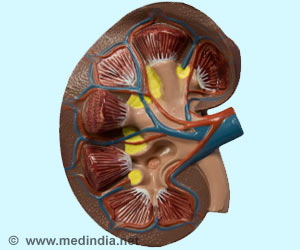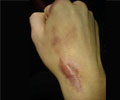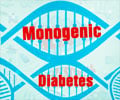Diabetes Mellitus (DM) is characterized by chronic hyperglycemia that disrupts carbohydrate fat and protein metabolism resulting from defects in insulin secretion, insulin action or both.

Patients with DM may develop corneal complications and delayed wound healing. This slow wound healing contributes to increased infections and the formation of bed sores and ulcers. Corneal complications include diabetic neuropathies and ocular complications that often lead to reduced vision or blindness.
A team of Wayne State University researchers recently developed several diabetic models to study impaired wound healing in diabetic corneas. Using a genome-wide cDNA array analysis, the group identified genes, their associated pathways and the networks affected by DM in corneal epithelial cells and their roles in wound closure. Their findings may bring scientists one step closer to developing new treatments that may slow down or thwart the impact on vision.
The team, led by Fu-Shin Yu, Ph.D., professor of ophthalmology and director of research at the Kresge Eye Institute, has discovered transforming growth factor β (TGFβ) signaling as a major pathway affected by hyperglycemia in DM corneal epithelial cells. In addition, Yu and his team identified for the first time that wound-induced upregulation of TGFβ3 is dampened by hyperglycemia and that by adding TGFβ3 to the wound, epithelial wound closure was accelerated.
This discovery, published online in the prestigious scientific journal, Diabetes, may provide new treatment options for diabetic wound healing in tissues such as the cornea and skin.
"Delayed wound healing are major complications of diabetes, often leading to severe end results such as diabetic ulcers, losing a limb or going blind," said Joan Dunbar, Ph.D., associate vice president for technology commercialization at Wayne State University. "Dr. Yu's discovery of the genome-wide transcriptional analysis has allowed the development of composition and methods to treat negative effects of diabetes, which may ultimately promote healing of wounds, reduce the negative effects of diabetic neuropathies, and promote the health of the eye and maintenance of eye sight in diabetics. The findings in the cornea have a strong implication in the skin as they both have neuropathy and delayed wound healing."
Advertisement
Source-Eurekalert















